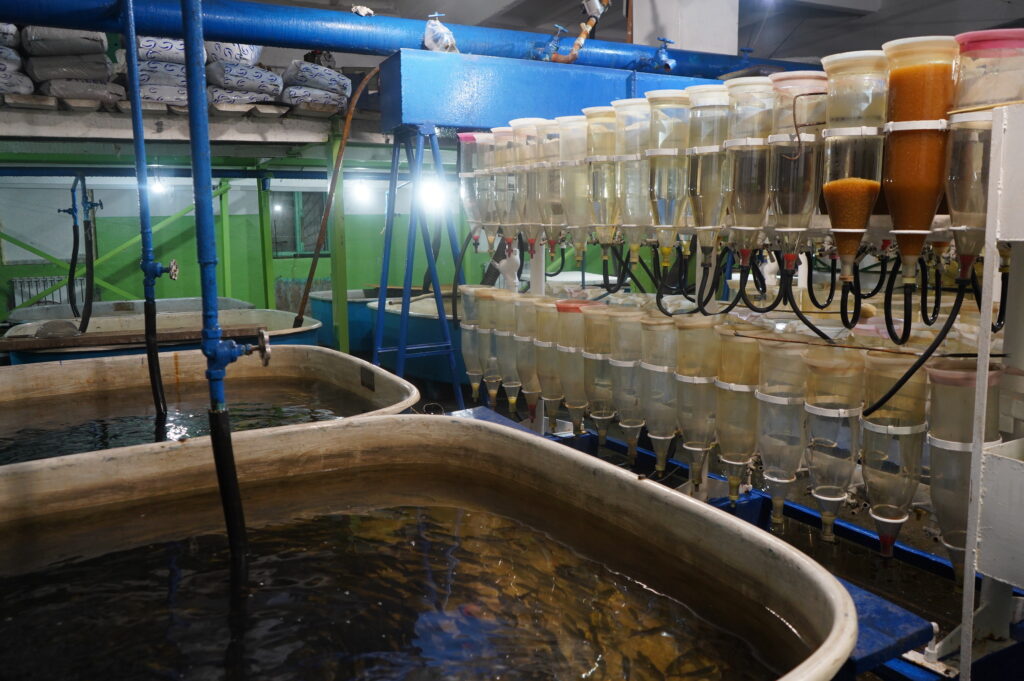
News & Views
Russian hatcheries told to revive muksun population in Siberia
April 3, 2023 By Hatchery International staff
 Russia wants to expand recreational programme in Siberia. (Photo: Baikal Ryba)
Russia wants to expand recreational programme in Siberia. (Photo: Baikal Ryba) Russian President Vladimir Putin has instructed the government to develop a comprehensive program aimed at restoring muksun (Coregonus muksun), nelma (Stenodus leucichthys) and whitefish (Coregonus) in Siberia. Over the past few years, Russian scientists have been raising an alarm that the muksun population in the region was dwindling owing to poaching and environmental issues.
“In the 1990s, the state had no time for fish, and poachers almost completely caught it in the wintering pits in the Gulf of Ob. About 20 years ago, it became completely clear that urgent measures were needed to preserve the population,” said Vladimir Bogdanov, scientific director of the Institute of Plant and Animal Ecology. He added that the situation with the muksun population has been steadily deteriorating during the past decades.
In 2015, the Russian Agricultural Ministry banned fishing muksun in several key Siberian regions, but the scientists claimed that this measure came up a little too late. The regional authorities estimated that the muksun population in the Ob basin was as low as 300,000 species. The Russian Academy of Science, however, calculated there were only 1,000 to 1,200 sexually mature muksun females capable of spawning in the wild – not enough for the muksun population to recover on its own.
For the muksun population to pick up again, Siberian hatcheries must release 70 to 80 million units of 10-gram fish fry per year into local rivers, Bogdanov estimated. If hatcheries keep focusing on 1.5-gram fry, this figure should be as high as 1.5 billion per year. However, Russian scientists believe it is paramount to prioritize breeding 10-gram fish fry since it is way more effective due to a higher survival rate.
Currently, several hatcheries are already involved in the recreational program in Siberia, but to achieve some tangible results, they must ramp up production, the scientists said.
Print this page
Advertisement
- Benchmark researchers identify genetic trait with S. inae resistance in tilapia
- BlueNalu partners with Nutreco on cell-cultured seafood





